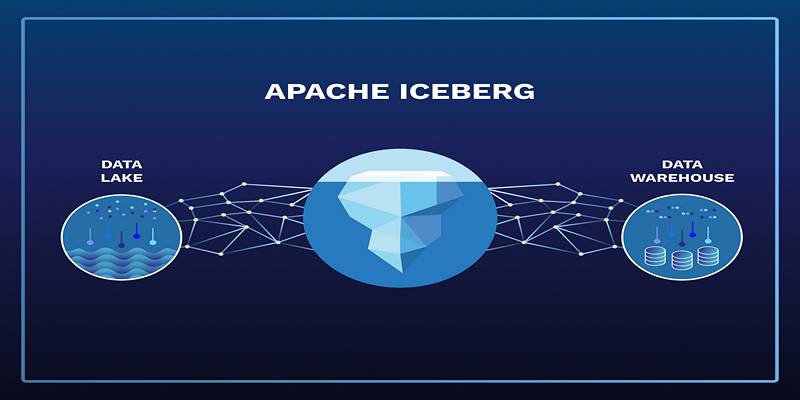Healthcare receives significant improvements from Artificial Intelligence through enhanced diagnosis methods, better treatment planning tools, better ways to involve patients and run operations efficiently. Healthcare providers need stakeholder cooperation to work with AI but finding acceptance remains hard due to doubts about how well systems embrace change. The following list shows ten methods to get stakeholders in healthcare to back AI projects.
1. Make AI projects work How Stakeholders require

People support AI projects better when they recognize how these systems help their unique requirements. For example:
- When AI systems take over these routine duties, medical professionals can work fewer hours on administrative tasks.
- The healthcare system benefits patients when their treatment matches their individual needs thanks to predictive analysis.
- The system operates better while making operations more efficient and saving money.
When stakeholders see specific ways AI technology helps them achieve better results like decreased waiting times and price cuts they will better recognize its value.
2. Build Trust Through Transparency
You need to show all data handling aspects to win audience trust in AI technology. To build trust:
- Show users how personal information gets captured, kept securely and employed in specific applications.
- Show which programs follow GDPR and HIPAA protocols.
- Disclose what AI systems cannot effectively perform.
- Describing the system validation procedures helps people understand the risk of wrong or biased results. Transparency fosters confidence in the ethical use of AI.
3. Demonstrate Tangible Business Value
People in charge of decisions prefer to pick projects that make clear business improvements. Tell stakeholders which performance measurements the AI system will help them better manage.
- Reduced hospital readmission rates
- Increased diagnostic accuracy
- Improved patient throughput
- Organizations that already use AI benefit the company by showing how AI delivers better results than traditional systems.
4. Foster Multidisciplinary Collaboration
Different groups need to supply input during the AI system installation process.
Healthcare professionals explain actual job issues to the team.
- Team members connect new IT systems with our operational systems.
- Patients evaluate the system both for user experience and how well they trust it.
- Creating teams made of different departments helps everyone understand and accept new AI systems better.
5. Provide Education and Training

Implementing AI involves successful training because people resist what they do not grasp. Educational programs match the needs of every organization role to explain how AI works.
- General practitioners require special training to use diagnostic apparatuses properly.
- Administrators will understand how AI technology makes their work operations better.
- Patients will understand the ways AI makes their healthcare better.
- Training programs help all involved parties gain knowledge and practice skills necessary to make the most of AI technology.
6. Address Ethical Concerns Proactively
Early actions need to correct ethical problems like improper use of data and automated system misuse plus breaches of personal information. Strategies include:
- Algorithms perform better with datasets from various different groups.
- Implementing robust cybersecurity measures.
- Our organization creates systems to monitor ethical conduct and practices.
- Planned involvement of ethicists and legal experts prevents ethical challenges from emerging later during project development.
7. Use Understandable Language
Strange computer words push away people who are not experts in technology. To ensure effective communication:
- Keep explanations basic so everyone can understand technical ideas.
- Provide real-world examples or analogies.
- Give new users access to introduction guides when they first encounter AI technology.
- The technique helps stakeholders understand the project benefits even if they lack technical knowledge.
8. Pilot Projects for Proof of Concept
Before making long-term investments stakeholders first want to witness program demonstrations at an experimental level. These pilots should:
- Establish your project around essential healthcare improvements that address patient diagnosis or workflow enhancement.
- Include clear metrics for success.
- Regular feedback methods help teams improve their solutions through actual project observations.
- The trials demonstrate to others how well the system works and increases their belief in the solution.
9. Emphasize Patient-Centric Benefits
Patients play a major part in success because their trust affects how others accept AI programs. Highlight benefits such as:
- Our health system performs better when it teaches individuals specific medical information in digital platforms.
- Enhanced chronic disease management via real-time monitoring tools.
- Telemedicine services enable more people to reach medical care.
- Establishing patient safety around data security and trustworthy information helps them feel safer about system adoption.
10. Develop a Long-Term Vision
People tend to back projects faster when we define how our strategy will succeed over time. This includes:
- Our steps of introduction start with testing and continue to nationwide deployment.
- Teams need to establish reachable time frames for their work progress.
- Our team continues to assess results and upgrade services according to received feedback.
- A detailed vision lets everyone know we will keep going towards our shared initiative goal.
FAQs
1. What methods help decrease healthcare budget spending?
By handling regular work and medical image evaluation, AI supports better decision-making, reducing errors while making the healthcare dollar go further.
2. What measures are in place to stop biases from entering AI systems in medical care?
The development team works with varied training materials to check for bias regularly and applies fairness rules to lower these issues. A panel of ethical advisors checks AI models for safety authorization before using them.
3. What steps and tools help AI protect patient health records?
AI systems comply with medical data protection laws and GDPR standards through secure encryption and anonymous record techniques. The proper management of patient data access, combined with a record of system activities, maintains their information security.
4. Will AI replace healthcare professionals?
The purpose of AI development remains to offer healthcare professionals advanced assistance. When working with radiologists AI technology speeds up scan evaluation but needs a medical professional to diagnose.
5. What educational steps do doctors need to learn AI technology applications?
Medical staff must be trained to read AI results, familiarize themselves with system boundaries, and learn how AI works in their specific tasks. People learn AI tools best by receiving brief course training and practical lab training.
Conclusion
Healthcare organizations must design an approach that wins stakeholder backing by working with their unique business requirements and interests. Implementing AI needs organizations to connect specific AI solutions to desired results while working together and educating staff about the technology's transparent functions to earn stakeholder cooperation.











